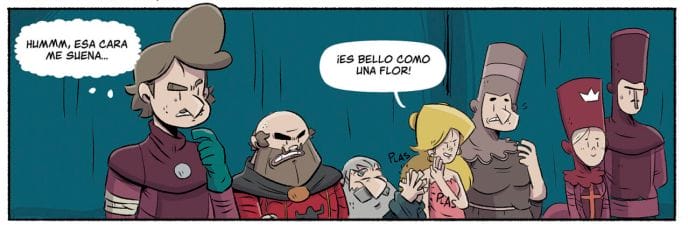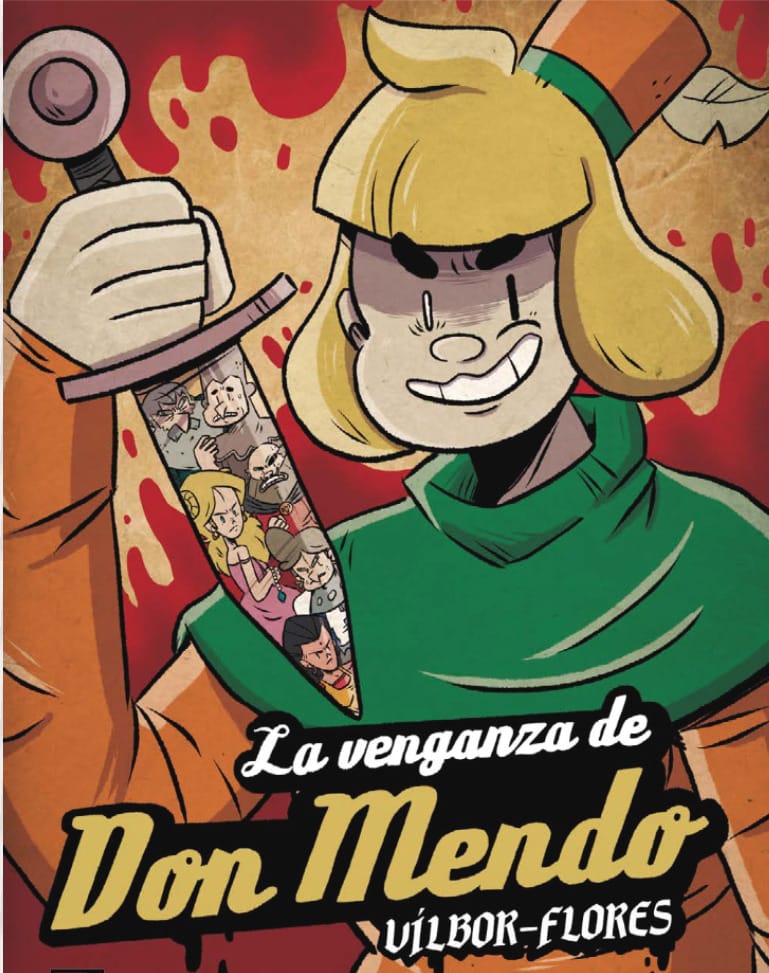Ricardo Vilbor and José R. Flores bring Muñoz Seca’s work closer to the next generation, without prejudice and with a clear didactic intent, without betraying its essence. Grafito editorial publishing
Although not well known to the new generations, The Revenge of Don Mendo (Pedro Muñoz Seca, 1918) is one of the funniest climaxes of Spanish theatre. It received an enthusiastic response from the public soon after its premiere in 1918, and the star has been shining for decades., becoming the fourth most played Spanish game of all time. Among its numerous virtues, it stands out as a satire of the great romantic dramas of the 19th century and the theater of the Golden Age, in which it thoroughly sabotages its plots, characters, and situations. It is also the purest form of astrakhan, a theatrical subgenre popularized by Muñoz Seca himself, in which all elements are at the service of humor: lavish puns, blatant use of anachronism to promote comic situations, and mockery of traditions and times. . . Like the arbitrary use of persecution and wordplay in verses devoted to the noble art of the absurd.
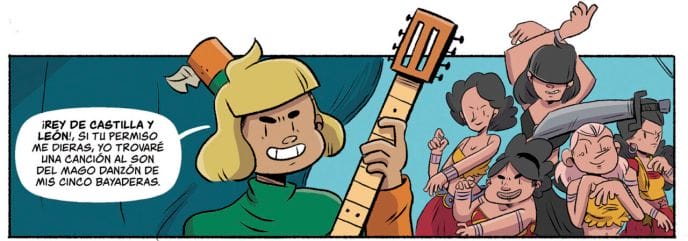
By humorously blurring the lines between high and low culture, Múñoz Seca wanted to bring theater closer to the general public, with the assurance of handling an ingenious and timeless script that patiently withstood the weight of hundreds. More than just a movie version of humorous moments as much as those of Fernando Fernán Gómez in 1961. It took us more than a century before we could enjoy the first draft of the work in the comic, a medium that has historically been allergic to mingling with the Spanish literary tradition..
Person responsible for the transition The Revenge of Don Mendo The vignette was by Ricardo Vilbor. The Valencian writer, who also works as a Spanish teacher, had already gained experience with a successful comic book version. life is a dream, and has since come up with the idea of making use of the narrative possibilities of comics to bring other classics of Spanish literature to both his students and new readers. When the public reacts, The Revenge of Don Mendo It will be the first of a series of adaptations of important works from our literature to be presented at Grafito. will be publishedand this includes equity shares such as Don Juan Tenorio.
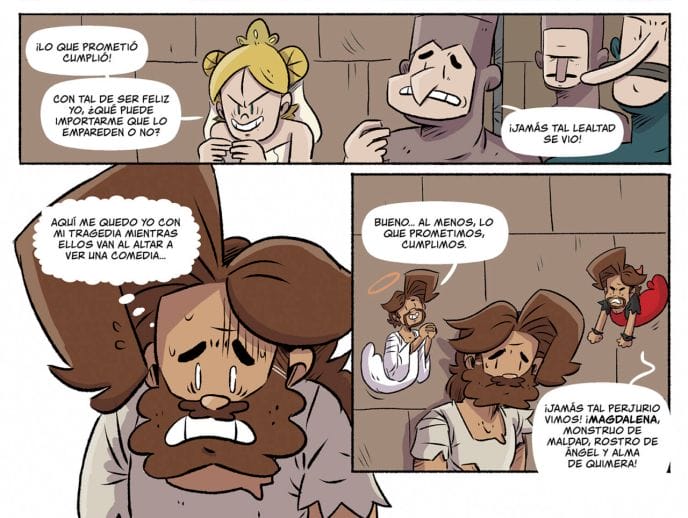
In this translation The Revenge of Don Mendo vignette meticulously respects the nature of the workis divided into four acts, the cast, and the synopsis: Mr. Don Mendo Salazar and young Magdalena have a secret romance. However, the girl’s father plans to marry his daughter to the Duke of Toro. Taking advantage of Don Mendo’s promise not to reveal his love affair, Magdalena betrays him and sentences him to jail. Rescued from his fate by his friend, the Marquess of Moncada, Don Mendo hatches a plan to take revenge on Magdalena, interrupted by misunderstandings and unexpected circumstances.
Those unfamiliar with the original work will be surprised at how few verses are, such as, “I am canceling and appropriating myself, and my dismay is not concealed, because although the name may surprise you, everyone who works like this has a name, and that name comes from there.” pimp” or “What kind of menda… this is Don Mendo and Don Mendo… killed menda”. These belong to the original by Muñoz Seca, which Vilbor reveres as much as possible, except in certain cases where certain rhymes do. difficult to read. It was also free to include anachronisms that inherited the sarcastic spirit of the original text, but updated it to match the Newspeakers.. For example, on the walls of the prison where Don Mendo was imprisoned, popular memes such as “emosido cheated” or “vanpiro esiten” can be read on social networks. Other times, characters use modern-day expressions that are age-appropriate but not appropriate for their situation – what’s funny? This is how Magdalena expresses her surprise. A wonderful selection, surgery, and reenactment work that is not always visible at first but is discovered through successive reading, that makes the comic read fluently even if Muñoz Seca’s work is unknown.
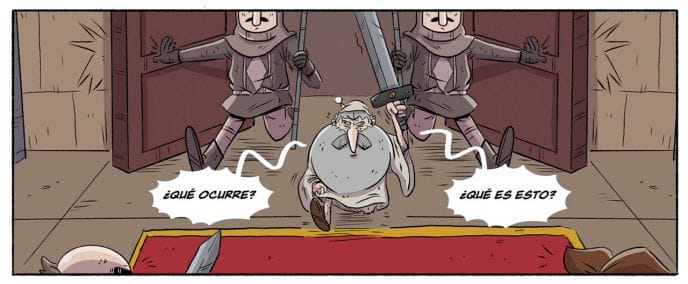
Yeah life is a dream The Valencian author used the brushes of Alberto Sanz and the colors of Mario Ceballos to reproduce the dreamy tone and philosophical grounding of the work, José R. Flores’ cartoonish and sarcastic tone is rightly used here, his tendency to gestural exaggeration matches the frenetic rhythm of the work and reinforces the vaudeville element of the last two acts.. With visual anachronisms (Magdalena posing with a Superpop magazine or wearing modern sunglasses), Flores fits the game suggested by Vilbor and is from the painter’s poker-playing dog series Cassius Marcellus Coolidge, or the Fernán Gómez movie mentioned on the cover.
The complicity between Flores and Vilbor extends to an ingenious meta-story play that puts the world to the letter. In reality, we are not only reading a comic book translation of The Revenge of Don Mendo, but also going to a theatrical performance on a not very high budget.This explains, among other findings of the original formula, why wooden horses replaced horses or why soldiers loyal to King Alfonso always had the same qualities. This didactic and entertaining character permeating the entire study extends to the supplementary student exercise book, which rewards the ability to do the most ridiculous nonsense and wordplay. In the Danger Room we wanted to be no less:
I hope a reader
If you come across this article
come eagerly
to your favorite bookstore
Anyway, great adaptation.
Who edited Graphite
and don’t miss the chance
